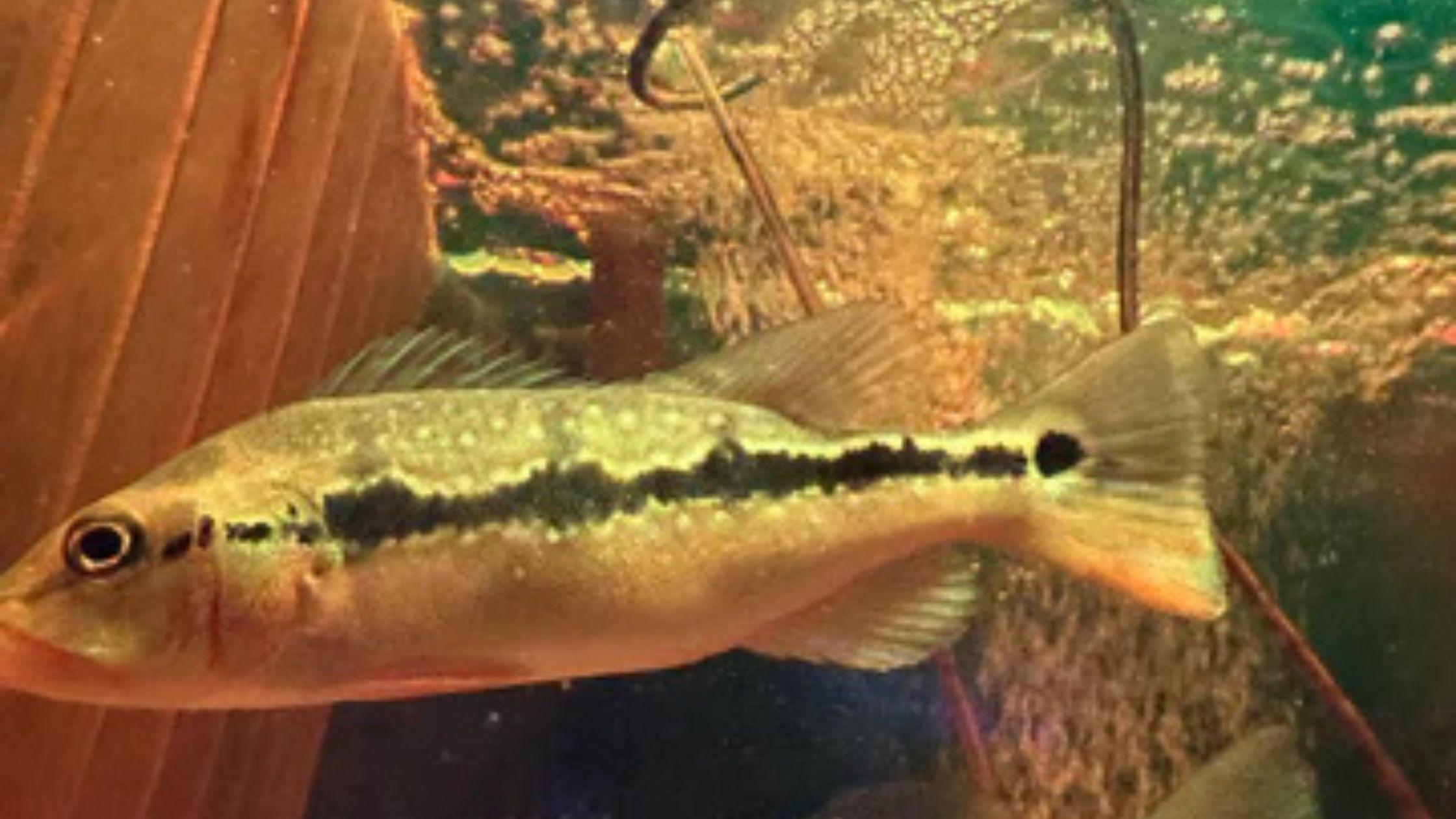Are Peacock Bass and Fahaka Puffers Good Tank Mates for Your Aquarium?

Not every fish makes a great neighbor in an aquarium. If you're looking to build a community tank with powerful personalities, it might be tempting to pair bold species like Peacock Bass and Fahaka Puffers. But before you act on that impulse, there are some serious compatibility issues to consider. These two fish are undeniably fascinating and striking in appearance, but cohabitating them in the same tank is far more complex than it might seem at first glance.
Whether you are considering Peacock bass for sale or looking for an eye-catching Fahaka puffer, here’s what you need to know before combining these two aquatic powerhouses.
Understanding the Peacock Bass
Peacock Bass, or Cichla spp., are large, predatory cichlids native to South America. They’re renowned for their vivid colors and aggressive feeding habits. These fish are best suited for experienced aquarists due to their size and tank requirements. An adult Peacock Bass can easily grow up to 24 inches, sometimes even larger in captivity.
They're fast, territorial, and require tanks of at least 200 gallons, though bigger is better. Peacock Bass are carnivores and will eat smaller tankmates without hesitation. They tend to be aggressive during feeding time and may not tolerate another dominant species invading their space.
Getting to Know the Fahaka Puffer
Fahaka Puffers (Tetraodon lineatus), also known as Nile Puffers, are freshwater puffers that can grow up to 18 inches in length. These puffers are solitary, highly intelligent, and come equipped with a formidable beak capable of snapping through snail shells and crustaceans.
They’re notorious for being territorial and extremely aggressive toward other fish. While beautiful and interactive, some even recognize their owners, they don’t usually play well with others. In most cases, the best setup for a Fahaka is a species-only tank where it can thrive without conflict.
Comparing Temperament and Behavior
Both Peacock Bass and Fahaka Puffers are apex predators in their respective habitats. That’s where the problems begin. You’re dealing with two dominant, carnivorous species that don’t like competition. Fahaka Puffers, in particular, are known to bite and maim other fish, even those too large to eat. A Peacock Bass, on the other hand, may see the Fahaka as a threat, or worse, as food if the size difference permits.
Even if both fish are introduced as juveniles, there's a high risk that aggression will escalate as they grow. The slightest territorial dispute can lead to injury or death for one or both fish. Compatibility isn’t just poor, it’s a ticking time bomb.
Water Parameters and Tank Setup
Here’s where things get tricky. Both species require large tanks, pristine water conditions, and strong filtration. However, their environmental needs differ slightly. Peacock Bass prefer slightly acidic to neutral water (pH 6.0–7.5) and warmer temperatures around 78–82°F. Fahaka Puffers are a bit more flexible with pH but still require temperatures in the same range.
Tank décor is also an issue. Peacock Bass like an open swimming space with minimal clutter. Fahaka Puffers, meanwhile, need hiding spots and enrichment to avoid boredom. Trying to design a tank that caters to both is nearly impossible without one fish feeling stressed or out of place.
Diet and Feeding Challenges
Feeding time can turn into a battle. Fahaka Puffers eat snails, crustaceans, and other hard-shelled invertebrates to maintain their beak, while Peacock Bass prefer live prey like feeder fish or frozen meaty foods. Offering both diets in the same tank can create tension. One may outcompete the other, or worse, may mistake the other for food.
The puffer’s natural tendency to nip can also become a huge problem during feeding. A Fahaka might attack the bass in a feeding frenzy or vice versa. It's not just stressful, it’s dangerous.
Conclusion: Better Apart Than Together
Although both Peacock Bass and Fahaka Puffers are stunning in their own right, keeping them together in a single aquarium is a high-risk endeavor that usually ends badly. The combination of size, aggression, dietary needs, and territorial behavior makes them poor tank mates. It's not just a matter of managing their personalities, it's about preventing serious harm or death.
Instead of risking it all, consider setting up separate, well-planned tanks that allow each species to thrive independently. There are plenty of alternatives that can live with Peacock Bass if you’re looking for tankmates, similarly sized cichlids, for example. Likewise, a Fahaka Puffer will do best in a species-only setup where it can live out its full, charismatic potential.
If you’re considering Fahaka puffer for sale bass for sale, make sure your tank setup reflects their individual needs. These fish deserve more than just good water, they deserve a habitat where they can thrive without fear or conflict.
Let each fish shine in its own space, and you’ll be rewarded with healthy, long-lived aquatic companions that are as captivating as they are powerful.
- Art
- Causes
- Crafts
- Dance
- Drinks
- Film
- Fitness
- Food
- الألعاب
- Gardening
- Health
- الرئيسية
- Literature
- Music
- Networking
- أخرى
- Party
- Religion
- Shopping
- Sports
- Theater
- Wellness



